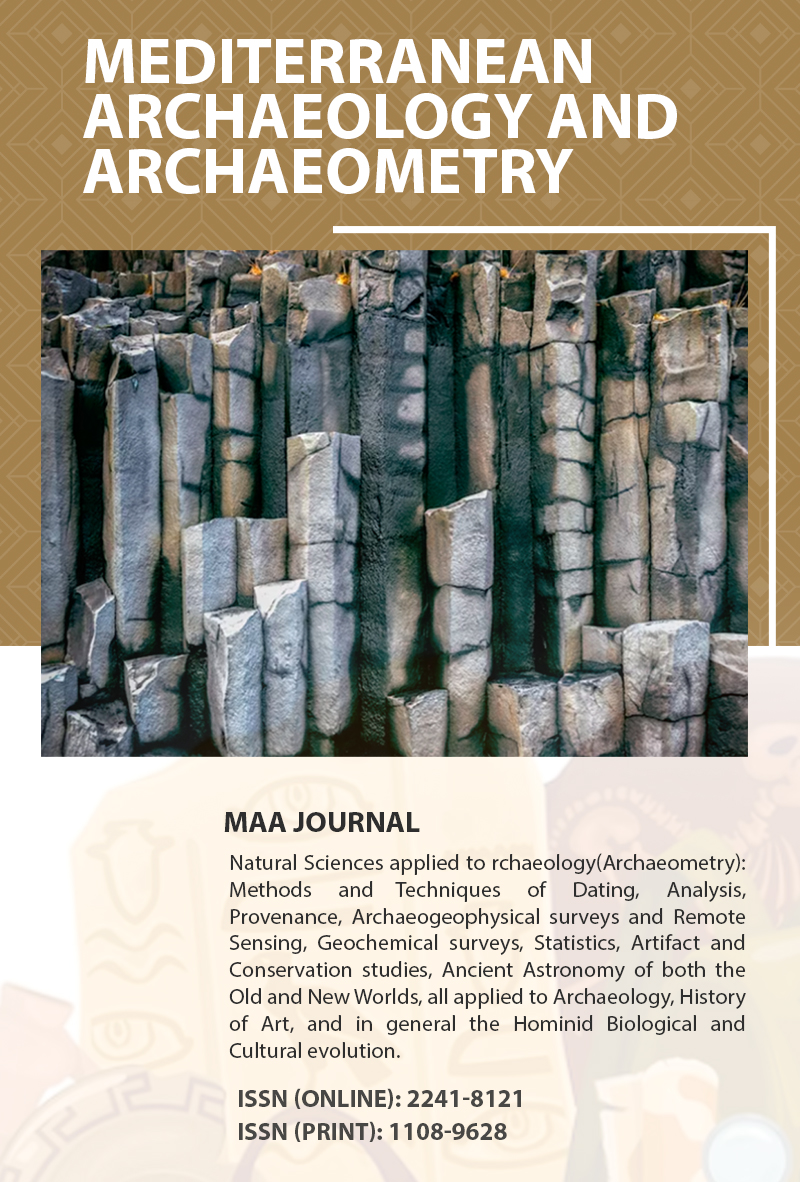Prioritizing Heritage Building Maintenance: A Fuzzy Model Approach for Arc De Berà, Spain
Keywords:
Fuzzy Model, Arc De Berà, Art-Risk 3.0, Artificial Intelligence, Digital Heritage, Risk Management.Abstract
The "Art-Risk 3.0" research project has developed a new tool to address the challenges faced in maintaining and preserving cultural heritage. This tool aims to evaluate the functional operational age and life cycle of heritage buildings in the Arc de Berà area in Tarragona, Catalonia, Spain, with the goal of promoting preventive conservation through a multidisciplinary approach. The tool considers various factors that contribute to the condition of heritage buildings, including structural stability, material decay, environmental risks, and usage patterns. By employing a fuzzy model, it provides an assessment of the building's condition in historical sites. One of the key features of the Art-Risk tool is its ability to prioritize intervention among different case studies within a specific urban context. It generates three output results: vulnerability, risk, and functionality index. The vulnerability value indicates the level of vulnerability of a building, with lower values suggesting better structural stability and resilience against potential hazards. The risk value signifies the level of risk associated with a building, with lower values indicating a reduced likelihood of damage or deterioration. The functionality index reflects the operational condition and suitability of a building for its intended use, with higher values indicating better functionality and operational performance, by considering these diverse valuations, stakeholders and conservation plan managers can effectively establish priorities for intervention. Buildings with higher vulnerability, risk, or lower functionality index scores are given higher priority for intervention. This approach ensures that limited resources are allocated to the buildings that require immediate attention, maximizing the impact of conservation efforts. Art-Risk 3.0 model incorporates 19 input variables, with five variables automatically assigned based on the building's geographic location. Users are required to provide valid geographical coordinates and the remaining 14 associated values to obtain an accurate assessment of the building's condition.










